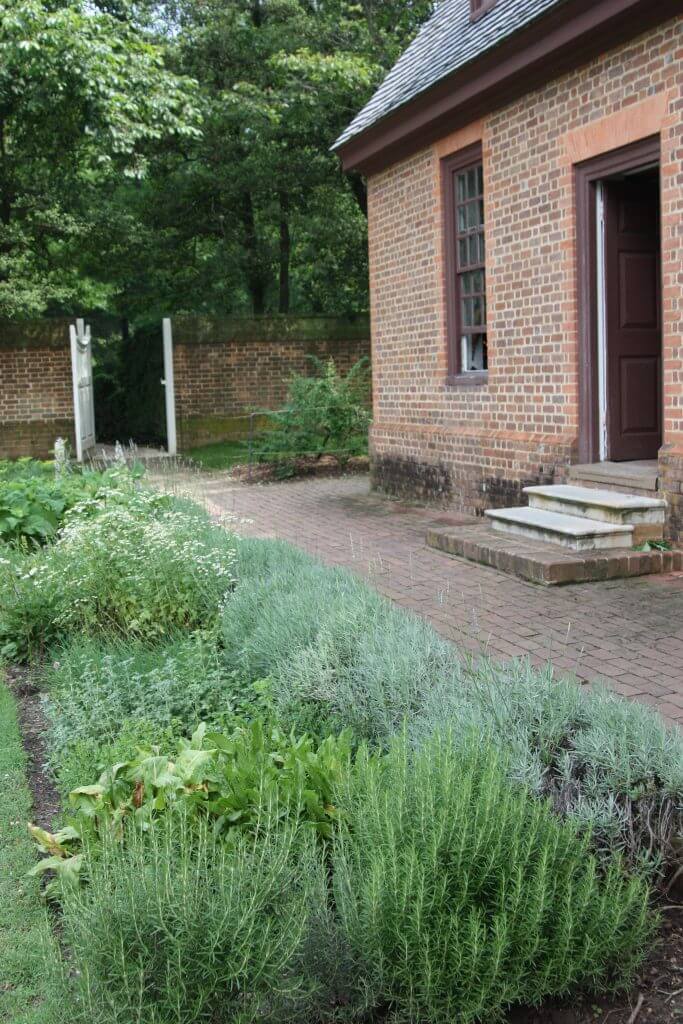 Garden herbs ready for harvest. (photo by Jessie Keith)
Garden herbs ready for harvest. (photo by Jessie Keith)
In early fall, fresh herbs are among the abundance of riches available every day in the garden. Snipping savory leaves as needed throughout the summer and early fall is the best way to enjoy them, but with the end of the growing season approaching, the supply of available herbs may well outstrip the immediate demand. Fortunately, there are lots of easy ways to save some of that herbal bounty to brighten up your cooking and home during the cold weather months.
Bringing in the Harvest
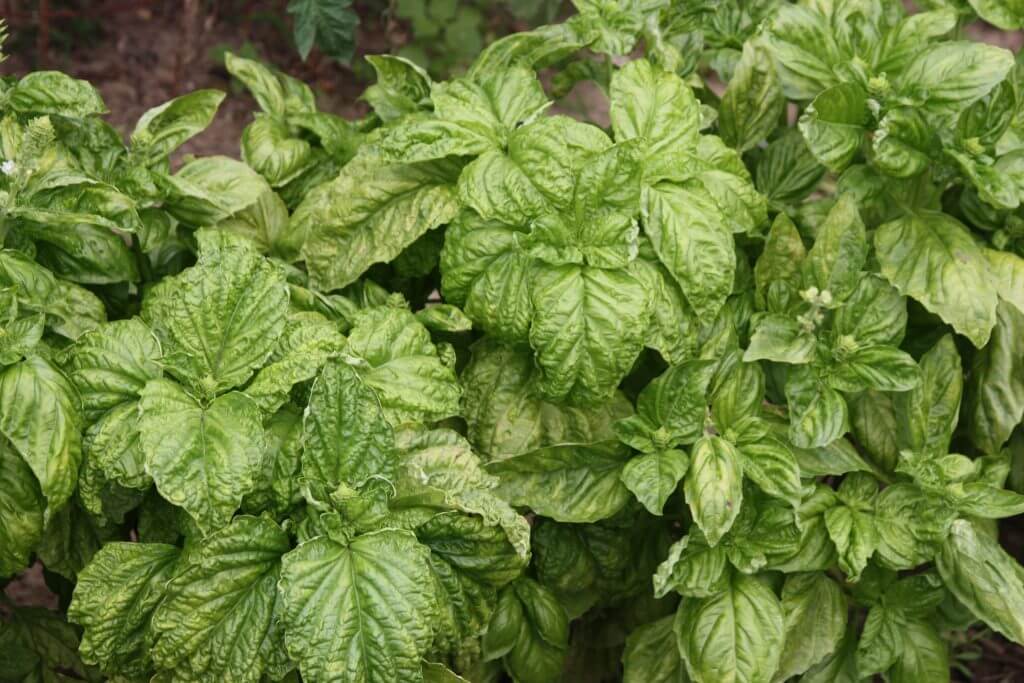 Basil is best frozen for winter use. (photo by Jessie Keith)
Basil is best frozen for winter use. (photo by Jessie Keith)
How and when you harvest herbs depends on the herb variety and the plant parts you want to preserve. Leafy types, like basil, thyme, oregano or parsley, should be harvested just before the plants flower. Snip off one third to one half the length of each stem to keep plants productive until frost and ensure that you have a good supply of leaves to preserve. If you are harvesting edible flowers, like late-blooming lavender or calendula, clip blooms just after they open. To gather seeds, including dill or coriander, wait until after the green stage, as seedheads begin to dry. Placing bags over the seedheads ensures that nothing will be lost and the bags can hold the seeds while they dry. Roots, such as echinacea and horseradish, should be dug and harvested late, after one or two frosts.
The best time for harvesting leaves and flowers is in the morning before the full heat of the day has set in, but after the morning dew has dried. Hosing off the plants the night before guarantees clean leaves, stems, and flowers.
Up in the Air
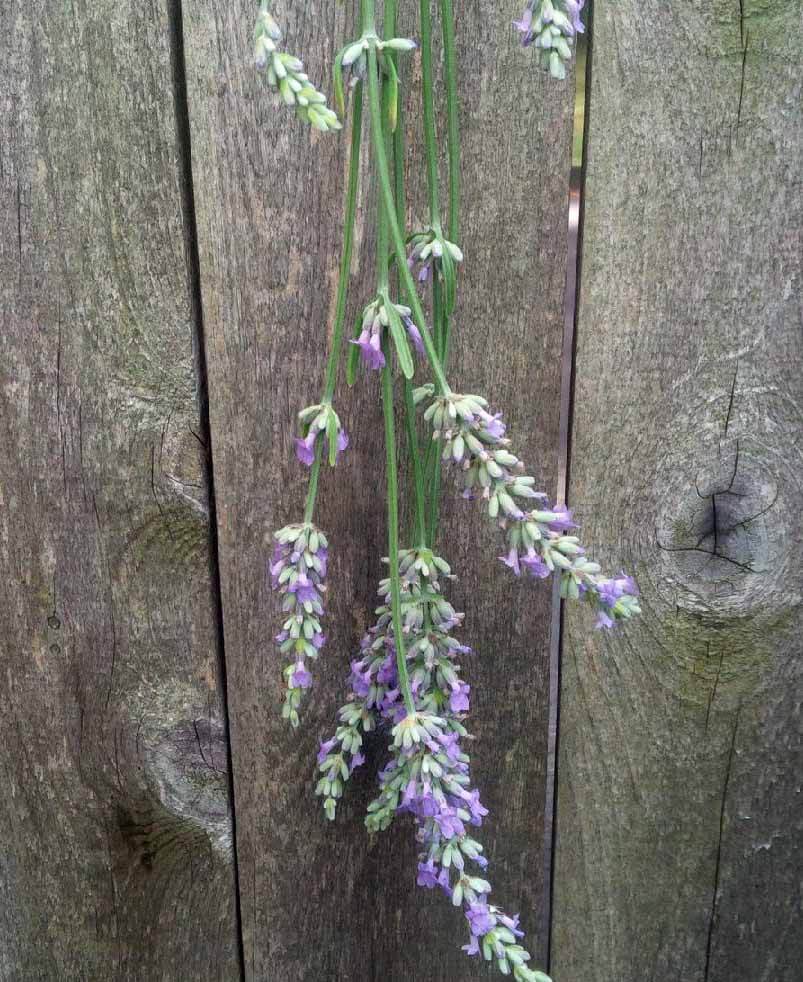 Lavender flowers are best dried by hanging in a cool, dry place.
Lavender flowers are best dried by hanging in a cool, dry place.
Air drying is an easy, time-honored and effective way to preserve many herbs and flowers. Tie up small bunches of stems and leaves and hang them upside down in a cool, airy space. Garages, attic rafters, drying racks or screened porches are good for this purpose. The herbs are dry when the leaves crumble easily. Separate dried leaves from stems of large-leafed varieties, like catnip or lemon balm, and discard stems. To use dried thyme and other small-leafed varieties, simply crumble leaves and stems together.
Leaves can also be placed on towel-lined trays or in wicker baskets and left in cool, well-ventilated places to dry. If dust accumulation is a worry, place the stems and leaves in paper bags with small ventilation holes and set aside.
Drying Equipment
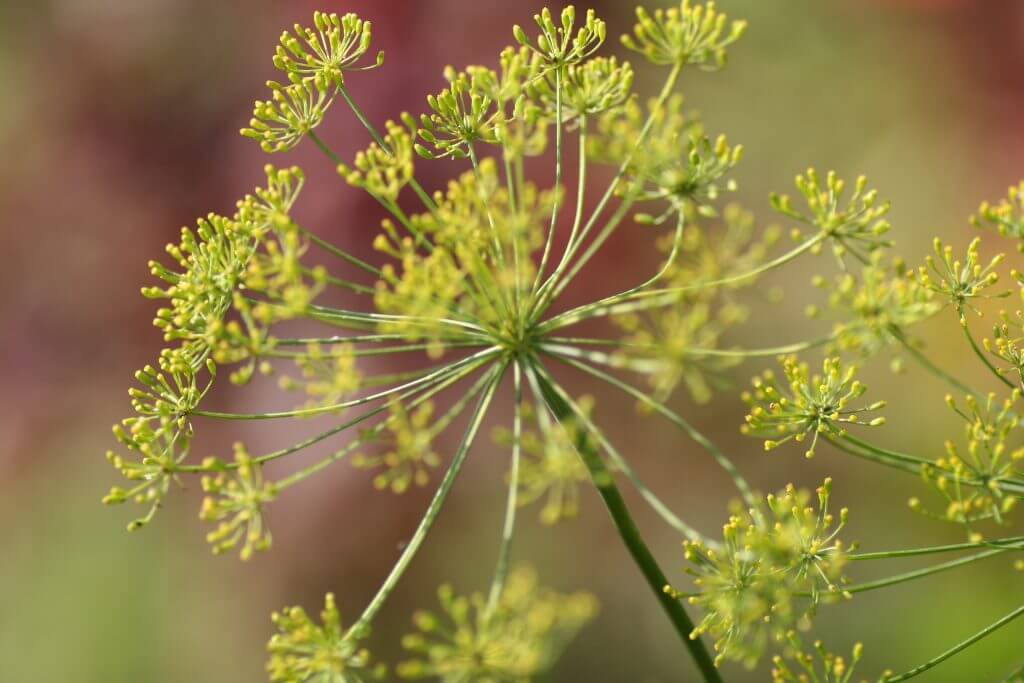 Dill weed can be dried for winter and the seed collected and used as a spice. (photo by Jessie Keith)
Dill weed can be dried for winter and the seed collected and used as a spice. (photo by Jessie Keith)
Herbs, including parsley, can also be dried very quickly in a microwave oven. Drying times depend on the plant variety and the power of the microwave, but Stephen Orr, author of The New American Herbal, suggests testing your oven by starting with a single sprig of a particular herb and microwaving on “high” for 10 seconds. Experiment and adjust timing as you go along. Large quantities of herbs or roots can also be dried in mechanical dehydrators used according to manufacturers’ directions. Generally, roots should be cleaned and cut into small pieces before drying. Electric ovens will also dry herbs, if the ovens can be set low enough—80 to 90 degrees Fahrenheit. Again, experimentation is the key to determining the right time.
Salt of the Earth
Less in fashion than it once was, salting is also a good preservation method for fleshy herbs like basil that sometimes respond poorly to drying. Choose a glass jar and alternate layers of clean, dry leaves with coarse salt, making sure that you top the jar with a salt layer and a tight-fitting lid. The leaves will stay fresh for a minimum of several months.
The Big Chill
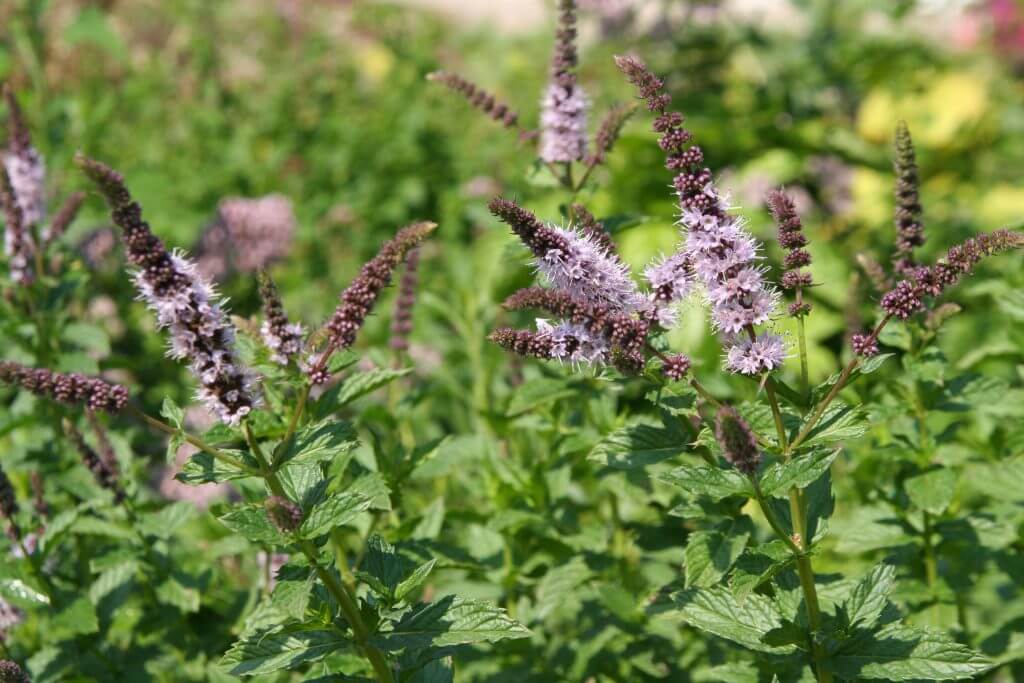 Mints retain their flavor beautifully when correctly dried. (Image by Jessie Keith)
Mints retain their flavor beautifully when correctly dried. (Image by Jessie Keith)
Herbs destined for use in fall and winter stews and soups can also be frozen in small bunches. Place these in plastic freezer bags or other containers. Use directly from the freezer. Alternately, freeze herbs like rosemary, basil, and oregano in olive oil or water. The easiest way to do this is to use an ice cube tray, placing small amounts of the herb in each cube space. Top up the spaces with olive oil or water and freeze. These cubes can also go directly from freezer to stockpot or sauté pan.
Storage
While frozen herbs will happily spend the winter waiting in the freezer, dried herbs are a different story. No matter which drying method you choose, store the herbs in glass containers, preferably dark-colored, with tightly fitting lids. Keep them out of direct sunlight. Most important of all—use them. Any dried herbs left over by the time the growing season rolls around again should be discarded.

